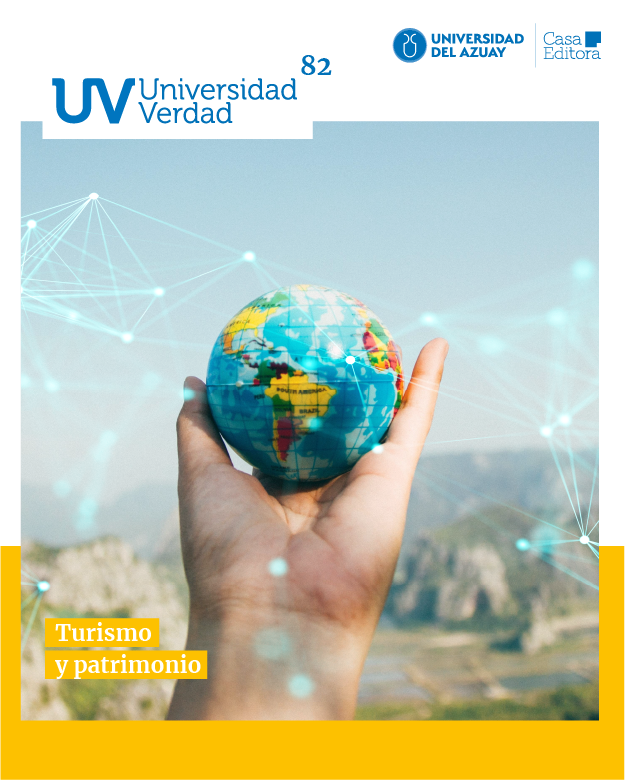LAS NUEVAS TECNOLOGÍAS Y SU PAPEL EN LA CREACIÓN DE RELATOS MUSEOGRÁFICOS INNOVADORES, EN EL PERIODO PRE COVID-19
DOI:
https://doi.org/10.33324/uv.v1i82.640Parole chiave:
Museos, narrativas, satisfacción, tecnologías, visitantesAbstract
Las nuevas tecnologías se han convertido en herramientas diferenciales y competitivas para el ocio y recreación de las personas. De ahí que, muchos museos han apostado por este tipo de herramientas para ofrecer experiencias de visita más atractivas y aumentar la apropiación de los contenidos por parte de los visitantes. Por lo tanto, esta investigación pretende analizar el papel de las nuevas tecnologías en la construcción y presentación de narrativas innovadoras en los museos, en una etapa previa a la pandemia por Covid-19. Para ello, se aplicó un enfoque de investigación mixto, dividido en dos fases. En la fase cuantitativa, se analizó la literatura académica relacionada con las nuevas tecnologías en museos, durante el periodo 2007-2018. Para la fase cualitativa, se recolectó información de cinco museos de Barcelona, mediante entrevistas semiestructuradas y observación participante. Los principales resultados mostraron que las narrativas deben apoyarse en elementos audiovisuales intuitivos e inmersivos como la Realidad Aumentada o la Realidad Virtual, que permitan mejorar el aprendizaje de los visitantes. Esta investigación contribuye a elevar el valor del patrimonio (material e inmaterial), a través de la presentación de nuevos formatos de aprendizaje apoyados en la creatividad,
la innovación y el uso de las nuevas tecnologías.
Palabras clave: Museos, narrativas, satisfacción, tecnologías, visitantes.
Abstract
New technologies have become differential and competitive tools for leisure and recreation. Hence, many museums have invested in this type of tools to offer more attractive visit experiences and increase the appropriation of the contents by visitors. Therefore, this research aims to analyze the role of new technologies in the development and presentation of innovative narratives in museums, at
a stage previous to the Covid-19 pandemic. For this purpose, a mixed research approach was applied, divided into two phases. In the quantitative phase, the academic literature related to new technologies in museums, during the period 2007-2018, was analyzed. For the qualitative phase, information was collected from five museums in Barcelona, through semi-structured interviews and participant
observation. The main results showed that narratives should be supported by intuitive and immersive audiovisual tools, such as Augmented Reality or Virtual Reality, to enhance the visitors’ learning. This research contributes to raise the value of heritage
(tangible and intangible), through the presentation of new learning formats supported by creativity, innovation and the use of new technologies.
Keywords: Museums, narratives, satisfaction, technologies, visitors.





